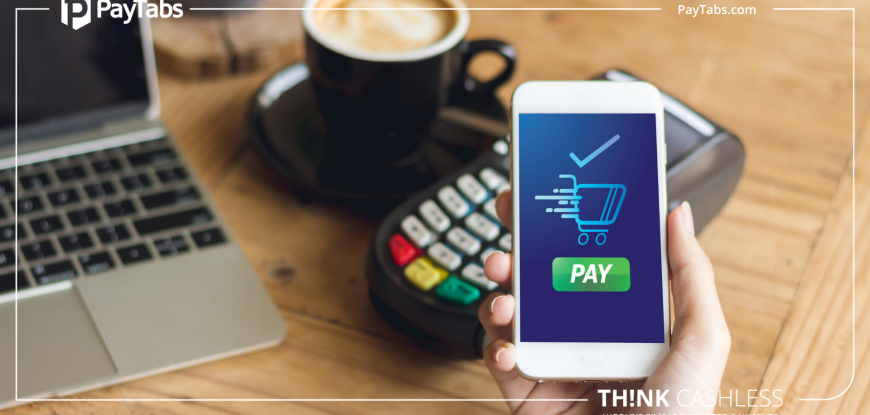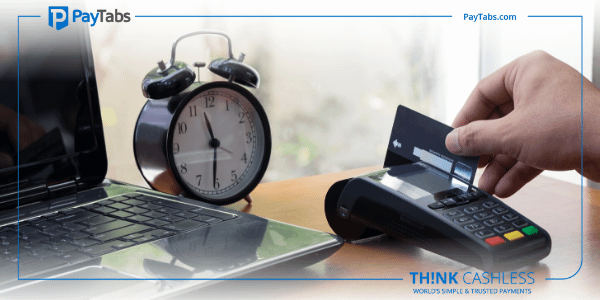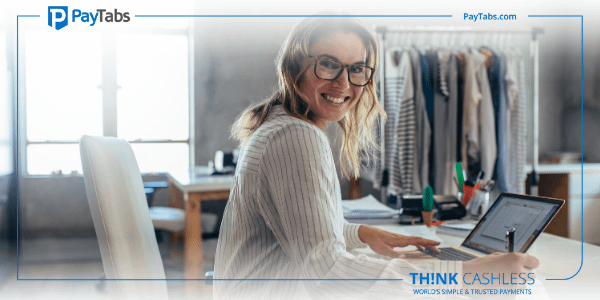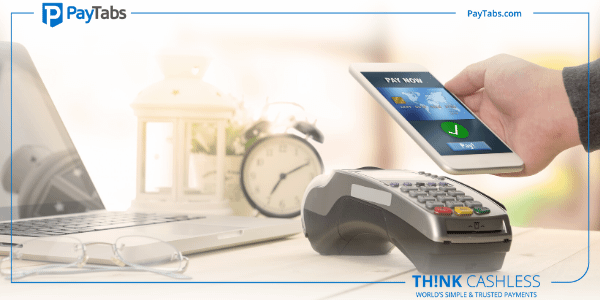How to choose an online payment gateway?
For an online business, choosing an online payment gateway is one of the most important decisions. In order to do that, you should pay attention to a number of factors including customer satisfactions. It is important that your business provides smooth payment experience to the clients, while ensuring the safety and security of their funds and sensitive data.
Here are some of the guidelines that will help you choose the right online payment gateway to ensure that your clients get the best services.
Understand the Process
In order to make an informed choice, it is important to understand the process of online payment gateway system. It is a tool that authorizes credit card payments and other types of online payments for e-commerce transactions. When a client enters their credit or debit card information for online payment processing, then gateway encrypts the data and sends it to the payment processor. The payment processor is responsible for sending the request to the client’s bank, which may either accept or reject the request. This decision is again relayed by the payment processor to the payment gateway.
Fees and Charges
Pricing is another important aspect to keep in mind while choosing an online payment gateway. If the fee is charged on the basis of percentage then you should be careful about the volume of the business, as after a certain extent, these fees begin to pile up. Different payment gateways may charge different fees and expenses. You should make it a point to note that such fees are not excessive. Some of the most common types of charges are interchange, assessment, markup and processing. You should carefully analyze your business to find whether you should opt for flat pricing or tiered pricing.
Also Read: Switching Your Payment Gateway
Hosted or Integrated
While incorporating a payment gateway, this is yet another important factor to be kept in consideration. A hosted payment gateway redirects the clients to the payment processor’s platform for data input. On the other hand, integrated payment gateway is connected to your website using the gateway’s API for online payment processing. Here, customers do not have to leave the store to enter their financial data. However, this option will require you to undertake rigorous task of payment gateway integration.
Safety Measures
While it is important to provide a fast and smooth experience to your clients, it is equally vital to ensure that yours and your clients’ data is adequately secured. You should look at the technologies employed by various online payment gateways. Nowadays, a Payment Card Industry Data Security Standard or PCI DSS protocol is deemed to be the bare-minimum necessity. You should also consider the compliance level offered by the payment gateway. Further, it is also recommended to study the PCI Self-Assessment Questionnaire and completing Attestation of Compliance. You should also check whether your service provider offers regular software updates to ensure protection against cyber-attacks.
Also Read: The 4 Step Procedure for an Easy Payment Gateway Integration
Study the Support System
Online payment gateway is an important component of an online store. On many occasions, you may require support system to help solve your payment related issues. Ideally, your online payment gateway should offer different modes of support system including chat service, telephonic support and email support. Further, your payment gateway should also be able to process different type of payments systems such as credit card, debit card, direct debit among other systems. If you are engaged in cross-border business, then you should be able to process different types of currencies as well.
To conclude
Choosing the right online payment gateway is not that difficult if you understand your business needs. All you need to do is consider all the factors discussed above before selecting the right provider.



 About the author
About the author




